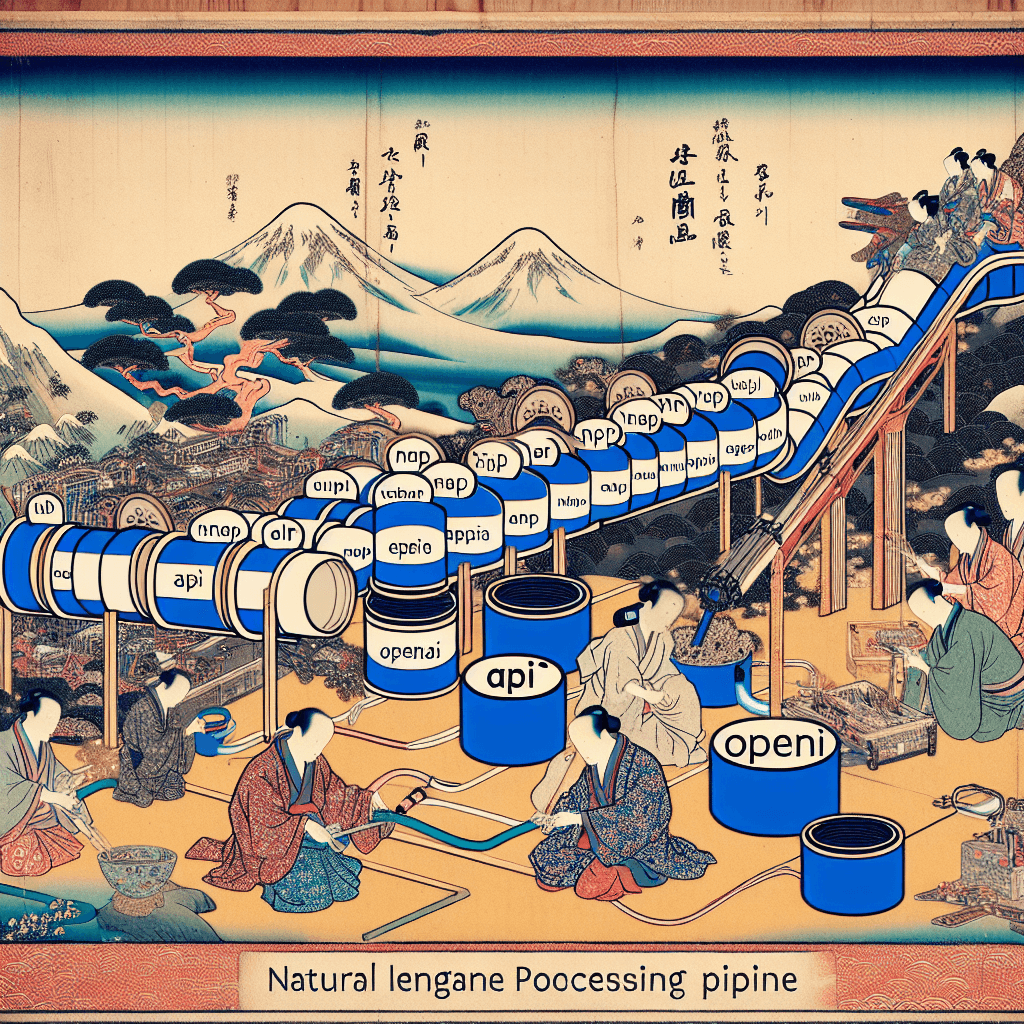Is Implementing an NLP Pipeline Necessary for a Chatbot Interfacing with OpenAI APIs?
syndu | June 7, 2023, 12:03 p.m.

Is Implementing an NLP Pipeline Necessary for a Chatbot Interfacing with OpenAI APIs?
Introduction
Natural Language Processing (NLP) pipelines are essential for many chatbot applications, as they help process and understand human language. However, when developing a chatbot that interfaces with OpenAI APIs, is it still necessary to implement an NLP pipeline, or does it become redundant? In this blog post, we will explore the role of NLP pipelines in chatbot development and whether they are essential when using OpenAI APIs.
Understanding NLP Pipelines
An NLP pipeline is a sequence of steps that processes and analyzes human language to extract meaning, context, and intent. These steps typically include tokenization, part-of-speech tagging, parsing, named entity recognition, and sentiment analysis. By implementing an NLP pipeline, developers can create chatbots that understand and respond to user inputs more effectively.
OpenAI APIs and NLP
OpenAI APIs, such as GPT-3, are designed to handle natural language understanding and generation tasks. They are pre-trained on vast amounts of data and can generate human-like responses based on the input provided. When using OpenAI APIs, much of the NLP processing is already done for you, as the API can understand and generate contextually relevant responses.
The Redundancy Question
Given that OpenAI APIs already handle many NLP tasks, implementing a separate NLP pipeline may seem redundant. However, this depends on the specific requirements of your chatbot and the level of customization and control you need.
Here are some factors to consider:
- Pre-processing: OpenAI APIs can handle raw text inputs, but you may still want to perform some pre-processing, such as correcting spelling mistakes or removing special characters, to improve the quality of the input.
- Customization: If your chatbot requires a high level of customization, such as understanding domain-specific jargon or handling unique user inputs, you may need to implement an NLP pipeline to fine-tune the chatbot's understanding.
- Control: Implementing your own NLP pipeline allows you to have more control over the processing and analysis of user inputs. This can be useful if you need to ensure that your chatbot adheres to specific guidelines or requirements.
- Cost: Using OpenAI APIs can be expensive, especially for high-traffic chatbots. Implementing your own NLP pipeline can help reduce costs by minimizing the reliance on external APIs.
Conclusion
In conclusion, implementing an NLP pipeline is not mandatory when developing a chatbot that interfaces with OpenAI APIs, as these APIs already handle many NLP tasks. However, depending on your chatbot's specific requirements and the level of customization and control you need, implementing an NLP pipeline may still be beneficial. Carefully consider the factors mentioned above to determine whether an NLP pipeline is necessary for your chatbot project.
When using OpenAI APIs, much of the NLP processing is already done for you, as the API can understand and generate contextually relevant responses.

